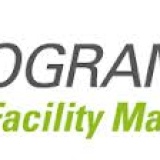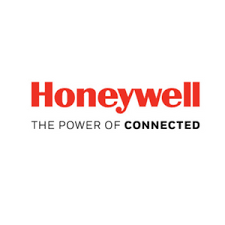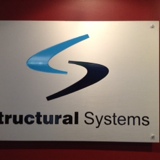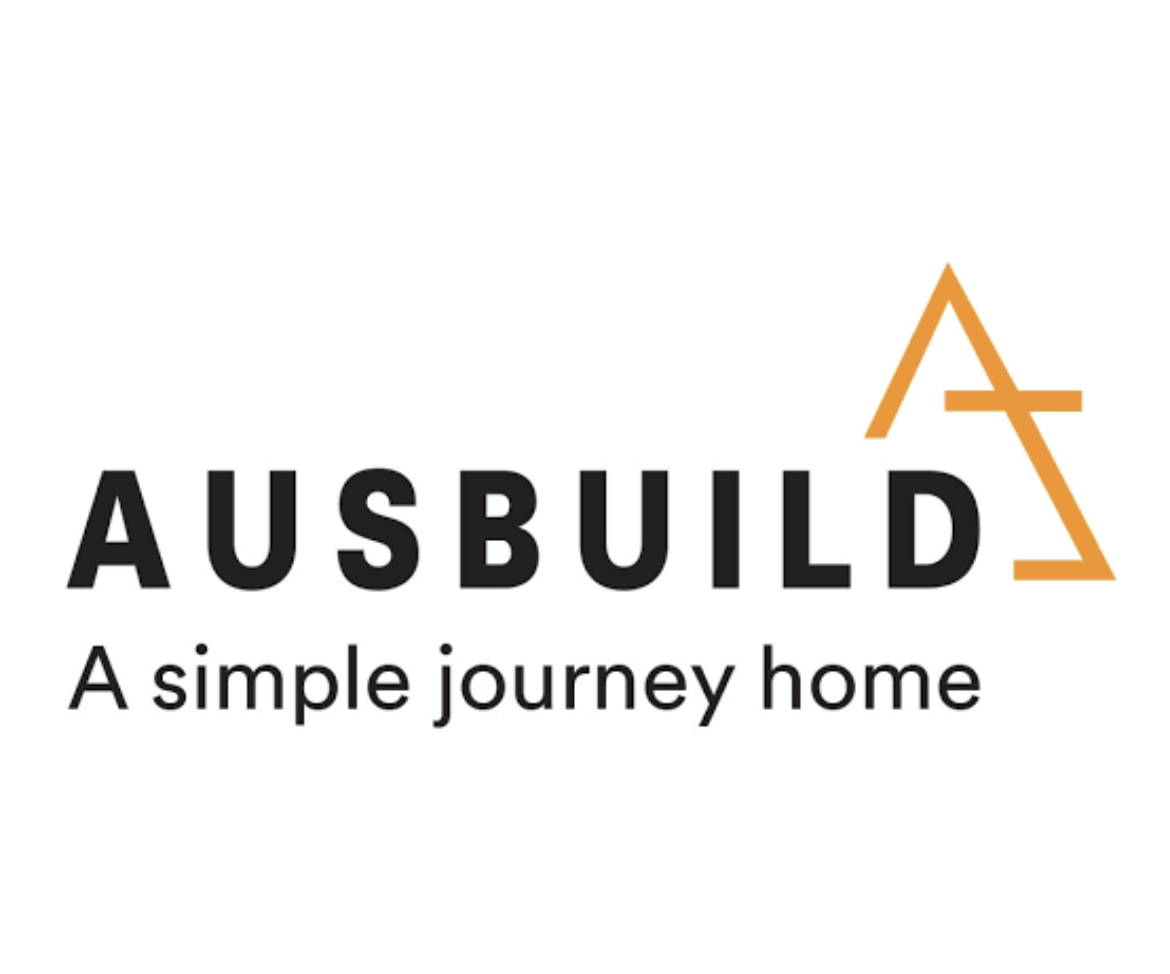Information
-
Document No.
-
Audit Title
-
Client / Site
-
Conducted on
-
Prepared by
-
Location
-
Personnel
Earthworks
-
1. Has the workforce been given clear instruction in relation to the work at hand, in particular, quality requirements.
-
2. Have the foreman and leading hands been communicated the requirements from the relevant construction method statement?
-
3. Are the foremen using the verification checklist on a daily basis to control quality in the field?
-
4. Layer thickness is accurate and control measures are being used?
-
5. The spotter and plant operator are aware of the material requirements?
-
6. Is the material<br>- lots homogeneous<br>- free of organic or deleterious material<br>- free from segregated stone or excess fine patches<br>- free of oversize<br>- no visible soft spots/heaving
-
7. Has uniform spreading, mixing, watering and compaction of material been achieved?
-
8. Are there methods used to control moisture in the fill material?
-
9. Is there a process in place to protect survey markers during operations?
-
10. Are protective measures in place for movement of heavy construction plant over and around pipe/ box culvert structures?
-
11. Are embankments sealed off and shaped to allow water to drain away (no pounding)?
-
12. Have environmental control devices been put in place prior to commencement of work and reestablished at the completion of works?
-
13. Are batters stable, free of loose material?
-
14. Are the batter gradients accurate and uniform?
-
15. Are the batters being progressively landscaped?
-
16. Is the plant and equipment being used suitable for the work being performed?
-
17. Any other item, activities underway that demonstrate commitment to improving levels of workmanship?
Drainage
-
1. Has the workforce been given clear instruction in relation to the work at hand, in particular, quality requirements.
-
2. Have the foreman and leading hands been communicated the requirements from the relevant construction method statement?
-
3. Are the foremen using the verification checklist on a daily basis to control quality in the field?
-
4. Are incoming products (i.e. pipes, culverts, pits, etc..)inspected for quality and quantity upon delivery and/or prior to being incorporated into the works? <br>
-
5. Are there sufficient survey pegs and controls in place to achieve tolerances?
-
6. Level checks are being carried out and recorded uponplacement of all the pipes..
-
7. Diversion channels and temporary crossings installed priorto commencing work (where required).
-
8. Excavations (excluding pipes) have a clear width between the structure wall and face of the excavation is at least 300mm or 1/3 of the height of the face of the excavation,whichever is greater.
-
10. Are protective measures in place for movement of heavy construction plant over and around pipes/box culvert structures? <br>
-
9. Does the bedding extend to the full width of trench and todesign depth
-
10. Are lifting holes been effectively sealed to prevent the ingress of materials? <br>
-
11. All exposed steel (cut pipes, lifting hooks) has been coated to prevent corrosion <br>
-
12. No evidence of water ponding at the base of pits.
-
13. Are foundations, bedding support and backfill materialcompacted in layers not exceeding 150mm compacted thickness? <br>
-
14. Are controls in place to prevent loss of density and strength in nearby earthworks through over wetting? <br>
-
15. Are protective measures in place for movement of heavy construction plant over and around pipes/box culvert structures?
-
16. Open drains are trimmed to a uniform surface free of irregularities and graded to ensure free flow of water.
-
17. Is the scour protection been installed in accordance with the design (i.e. correct with, length, depth and rock size)?And fits into surrounding ground levels. <br>
-
18. Have environmental control measures (sediment, erosion,dust, etc..) been put in place prior to commencing work andre-established at the completion of works, unless they form part of the environmental control measure?
-
19. Are pipe / culvert joints fit and finished adequately?
-
20. Has a uniform vertical / horizontal alignment beenachieved?
-
21. Are pits / rungs fit and finished adequately?
-
22. Are lids and surrounds fit and finished adequately withdesign ground level <br>
-
23. Any other items, activities underway that demonstrate commitment to improving levels of workmanship.
Bridges and Other Structures
-
1. Has the workforce been given clear instruction in relation tothe work at hand, in particular quality requirements?
-
2. Have the Foremen and Leading Hands communicated the requirements from the Construction Work Method Statements? <br>
-
3. Are the Foremen using the Verification Checklist on a dailybasis to control quality in the field? <br>
-
4. Are incoming products (i.e. precast concrete elements,barrier rails, throw screens, etc..) inspected for quality and quantity upon delivery and/or prior to being incorporated into the works? <br>
-
5. Is the supply of concrete consistent?
-
6. Are there sufficient survey pegs/marks and controls inplace to achieve tolerances and level control? <br>
-
7. Is piling within specified tolerances for location, size, alignment and depths? <br>
-
8. Is the fixing of reinforcement steel and other embedded items fabricated correctly, including set out and spacing?
-
9. Has welding been carried out to the specified requirements?
-
10. Are the required lengths been achieved for lapped bars?
-
11. Are embedments installed securely and protected fromconcrete slurry during the pour?
-
12. Has the formwork been certified and assembled correctly?
-
13. Are forms in a condition that will allow the required class offinish to be achieved? <br>
-
14. Are the gaps, joints and voids in the formwork adequately sealed to prevent slurry loss?
-
15. Is adequate concrete cover achievable?
-
16. Are the bottom of concrete pours clean and debris free?
-
17. Have the construction joints been prepared adequately?
-
18. Is the handling and placement of concrete and compaction performed correctly?
-
19. Concrete curing process achieved? Have curing periodsbeen achieved?
-
20. Surface finish blowhole and colour evaluation.
-
21. Are any cracks evident in the concrete finish surface
-
22. Has nonconforming concrete works been repaired to the required standard, uniformity and finishing?
-
23. Are the Expansion joints installed correctly?
-
24. Are bearings correct type, orientation and installation withinspecified tolerances?
-
25. Have the girders been positioned correctly to axially load the bearings and visually neat and consistent?
-
26. Have precast units been positioned correctly, uniformly aligned, in good condition (i.e. no chips, scratches, etc), visually neat and consistent.
-
27. Are corners / edges of concrete elements neat withoutexcessive damage? <br>
-
28. Are the bridge barrier railings, safety screens and pedestrian railings installed correctly, uniformly aligned andpositioned?
-
29. Has the waterproofing membrane been prepared andapplied correctly to bridge decks? <br>
-
30. Have environmental control measures (sediment, erosion,dusts, etc.) been put in place prior to commencing work and re-established at the completion of works?
-
31. Precast elements have they been bagged and finished to an acceptable urban design standard <br>
-
32. Has deck uniformity and finish been achieved?
-
33. Has level and finish of bridge joints been achieved?
-
34. Have uniform, smooth transitions on approaches been achieved?
-
35. Has consistency of concrete deck levels been achieved?
-
36. Any other items, activities underway that demonstrate commitment to improving levels of workmanship.














